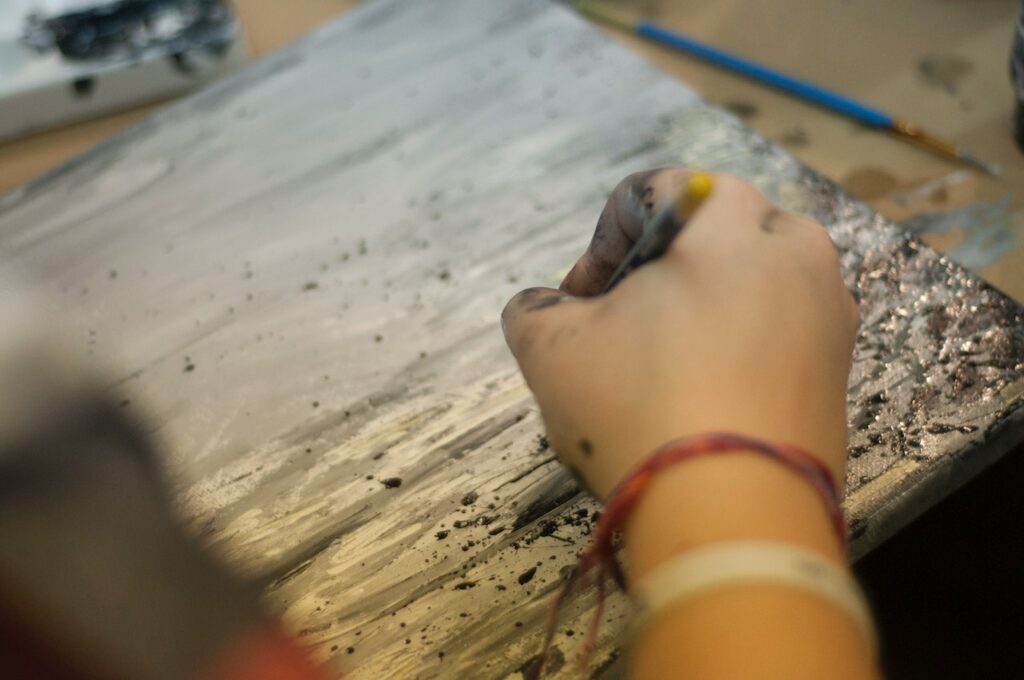
IMPRESSIONISM
Impressionism developed in France in the nineteenth century and is based on the practice of painting out of doors and spontaneously ‘on the spot’ rather than in a studio from sketches. Main impressionist subjects were landscapes and scenes of everyday life.
Impressionism was developed by Claude Monet and other Paris-based artists from the early 1860s. (Though the process of painting on the spot can be said to have been pioneered in Britain by John Constable in around 1813–17 through his desire to paint nature in a realistic way).
Instead of painting in a studio, the impressionists found that they could capture the momentary and transient effects of sunlight by working quickly, in front of their subjects, in the open air (en plein air) rather than in a studio. This resulted in a greater awareness of light and colour and the shifting pattern of the natural scene. Brushwork became rapid and broken into separate dabs in order to render the fleeting quality of light.
The first group exhibition was in Paris in 1874 and included work by Monet, Auguste Renoir, Edgar Degas and Paul Cezanne. The work shown was greeted with derision with Monet’s Impression, Sunrise particularly singled out for ridicule and giving its name (used by critics as an insult) to the movement. Seven further exhibitions were then held at intervals until 1886.
Other core artists of impressionism were Camille Pissarro and Berthe Morisot with Edgar Degas and Edouard Manet also often associated with the movement.
Although originating in France, impressionism had great influence overseas. Core British impressionists included Walter Richard Sickert and Wilson Steer.